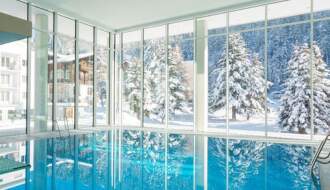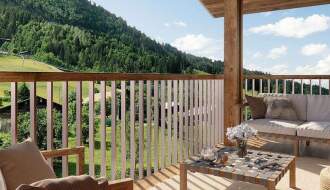Do you love the idea of purchasing a ski chalet in Europe but feel a little lost on how to go about it?
Find out how the buying process works: from planning to feeling the keys to your new ski chalet in your hand. This guide will be especially useful property buyers who live outside of the EU looking to purchase a home inside of the Schengen Area.
Planning to buy
Before you start properly searching for a potential property, it’s a good idea to ask yourself some key questions about what you want from your new home.
Here are some key pointers:
- What do I intend to use the property for? The answer will help to determine the location, property type and budget you have. For example, if you intend to retire to a French ski chalet, then you might prefer a quieter resort. While a bigger, well-facilitated resort might suit you better if you want the maximum yield from renting out your chalet to holidaymakers.
- Where do I want to buy? It’s important to be practically minded with this as well as lead by the heart (or the skis). Think about how far you’d like your home to be from conveniences like shops, train stations and an international airport.
- Off-plan or resale? An off-plan property is one that is in development and is yet to be built. Off-plan properties are made of excellent materials and boast of a sleek, modern design. You can find out more about buying one here. But some people do not want to wait for their property to be built and prefer the aesthetic of an older home.
- Draw up a list of “must haves” and “nice to haves”. For example, a property with four bedrooms might be a “must” for there to be a space for your family. But a private garden might just be a “nice to have”.
Visas, residency and citizenship
If you are a non-EU citizen wanting to purchase a beautiful chalet in the French or Italian Alps (or elsewhere in Europe), then you are not prevented from doing so. However, non-EU citizens are restricted in that they can only stay in the Schengen Area for 90 days out of every rolling 180.
There is good news for British property buyers looking buy in France: the French parliament has just ruled that Britons with a second home can now stay in the country for up to six months without a visa.
Dependent on what you intend to use your ski home for, 90 days might be more than enough time. However, if it is not, here are some things to consider:
- Could you have access to EU passport? If you have a parent or grandparent born in Ireland or another EU country, it may be worth researching if you can apply for citizenship. Additionally, if you are married to or in a civil partnership with an EU citizen, then you will not have to be restricted by the 90-day rule.
- Find a visa that would suit your needs. Popular choices include: retirement visa (also called non-lucrative visa), golden visa (a residency through investment scheme) and digital nomad (for remote workers). Find out more here.
- EU Blue Card. Similar to the US’s Green Card, this is an opportunity for foreign professionals to live and work in the EU.
Support team
It’s vital to get an effective support team in place for your overseas purchase. This includes a reputable estate agent who can show you properties in-person and offer lots of local knowledge to help you buy.
It’s also important to have an English-speaking solicitor to offer not only translated documents but also expert insight on the documents involved in purchasing. We also recommend contacting a currency specialist, such as our partners Smart Currency Exchange.
This is because purchasing an overseas property comes with the added complication of buying in a currency different from your own. Find out more about how these three vital contacts can assist you on your buying journey here.
Viewing trip
Following on from browsing through properties for sale on our portal and chatting to an estate agent, the next step is to go and see homes in-person.
We would recommend making the trip outside of the peak season, as it will be easier to see the properties. Plus, if you are planning to move there full time, it’s crucial to know if you’re still fond of the location’s atmosphere, outside of skiing. Before you go on your viewing trip, establish whether you are just going to browse properties or if you want to be in a position buy.
If it’s the latter, then you want to have your support team in place, so that your lawyer can look over documents and your currency specialist can help you transfer the deposit. Head here for more tips on organising your viewing trip.
Buying process
The buying process in Europe is similar to that of the UK. The most significant difference is that surveys are less common (but still possible). But it is as follows:
- Make an offer, agree a price.
- Offer accepted and sign the reservation contract. This might require a fee of between €3,000 – €10,000.
- Put a deposit down, often of around 10%.
- Completion: head to the notary to sign the final deed and take the keys in your hand.
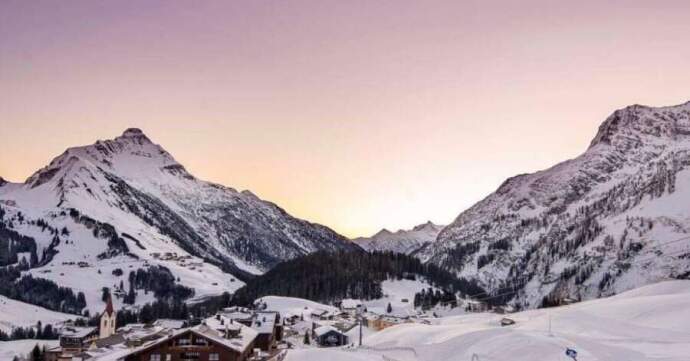
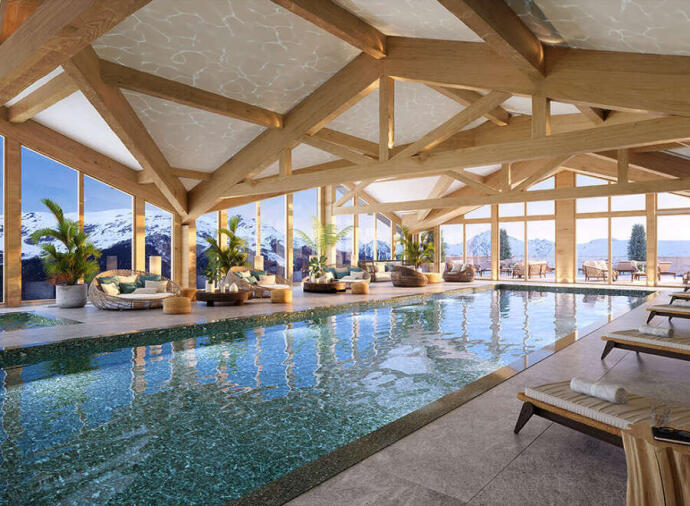
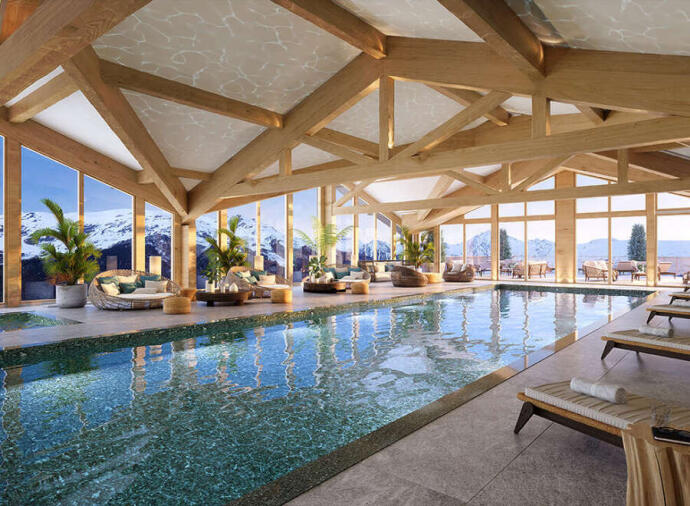
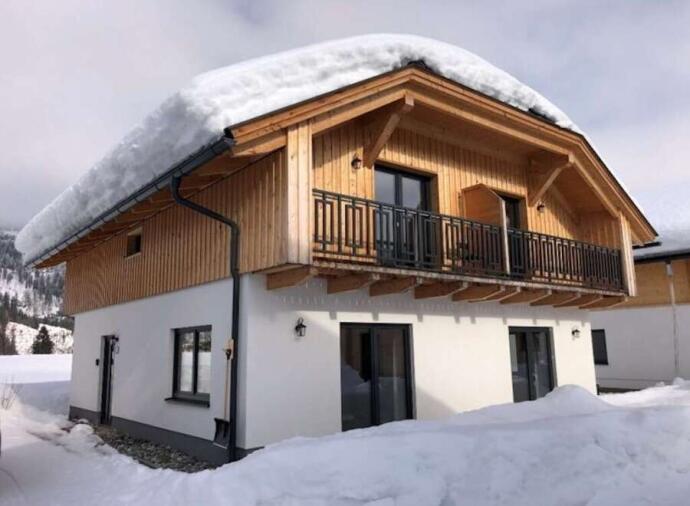
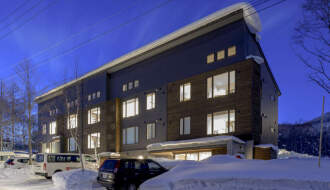
 Apr 22, 2024
Apr 22, 2024
